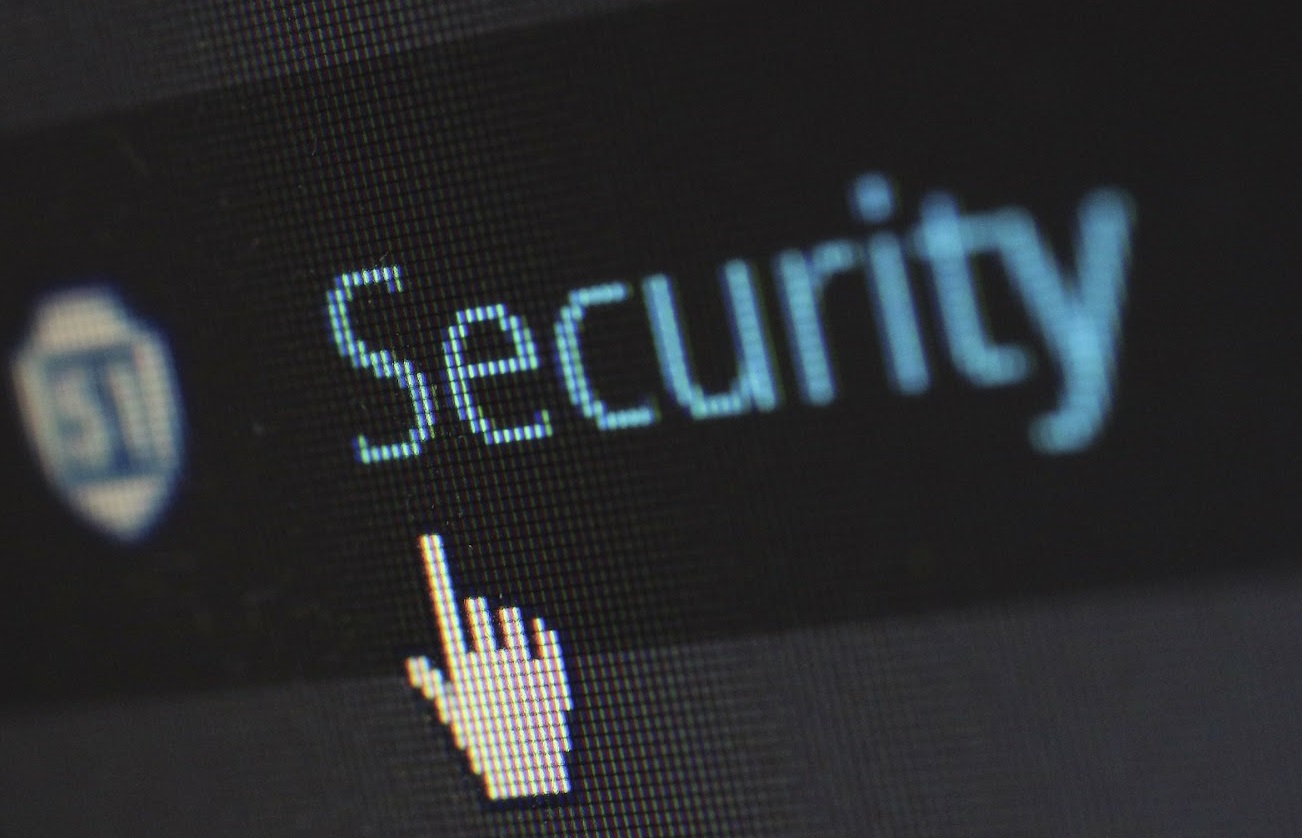We’re in the digital era—just as how computers and smartphones have changed our lives for the better—-they have spawned a host of other problems as well.
Cyber security is one of them. We’re constantly hearing about cyber-attacks, hacker threats, and data breaches in the news.
It’s against this backdrop that ensuring cyber security and safe computing practices becomes essential. Even at a personal level, computer users can follow best practices that ensure that they’re secure in cyberspace.
This article will dive into 5 tips that will enhance your cyber security and safety when you use your computers.
Update your computer software frequently and to the latest versions
Ensuring that you’re constantly updating your software from time to time is a good practice from a security standpoint. This is because companies roll out updates to fix any bugs, issues, or security vulnerabilities that have come up since the initial version of the software.
If you think that you won’t be able to regularly keep up with updates across the different software applications you use, it’s best to simply set automatic software updates on.
Remove any malware detected on your computer
Malware is basically software that finds its way into your computer for malicious purposes. This may include monitoring what you type into your keyboard, software that wears your computer down, or network usage without your authorization for withdrawing money from your bank account.
If you’re a MacBook user and feel like you may be exposed to malware or are vulnerable to the same, it’s best to invest in a malware detection and removal tool.
Read this guide for removing malware from Mac to prevent your MacBook from being a victim of a malware attack.
Manage your passwords securely
As a computer user connected to the internet, you’re making yourself open to attacks from malicious threats from multiple different sources.
One of the ways in which hackers can cause problems is by figuring out your passwords. And if you’re someone who uses the same password or variations of it for all your accounts, you expose yourself even more.
The way that they do this? By using keyloggers, phishing attacks, accessing your work accounts to then get your personal details, and so on. For the same reasons, it’s imperative that you have a structured way to manage all of your passwords in one place.
Having a consolidated tool or platform where you can store all your passwords is a good way to protect yourself from any account breaches. All you require is a master key to unlock the tool—which then contains all your passwords in one place. This also allows you to have more randomized passwords of a higher string length with more alphanumeric characters as well. This is a good practice from a security standpoint.
Also, read Smart Cars: Can Hackers Hack Them?
Always be mindful of what you click on the internet
This goes without saying, but if you feel like a website that you’re visiting seems a little suspicious, it’s best to simply avoid clicking on anything that you find there.
While you may want to download different items from these websites or visit them for different reasons, clicking on a link on such pages opens you up to a malware attack by hackers. More often than not—you won’t even be aware that a hacker attack is happening as you continue to surf.
In order to fend off any unwanted opening of tabs or links that are suspicious, it’s best to invest in web browser extensions that prevent this from happening.
This is a common cyber security pitfall if you’re not careful to double-check any links or messages that you receive.
Social engineering ploys work by quickly convincing you that the person at the other end (who is actually a hacker) is the person that you think they are. A sense of urgency needs to be created so that phishing attack victims act quickly—these are simple social tricks that attackers use to get you to give up your information details quickly.
This can happen on your smartphone too. For instance, you may receive a payment link or notification from popular applications that you use—say Cashapp. The website that the link directs to may look exactly like the Cashapp user interface. If you enter your bank/debit card details on there and click any button, you’ve essentially given up your banking information to an attacker.
It’s generally a good idea to read about how money transaction processes work on different digital applications so you can sniff out any potential phishers trying to get your bank information. As an example, you may want to transfer money to your Cashapp card when you’re at Walgreens—it’s ideal that you know beforehand how this process works.
So that’s it with the 5 tips that will improve your cybersecurity—we hope this guide was helpful.
